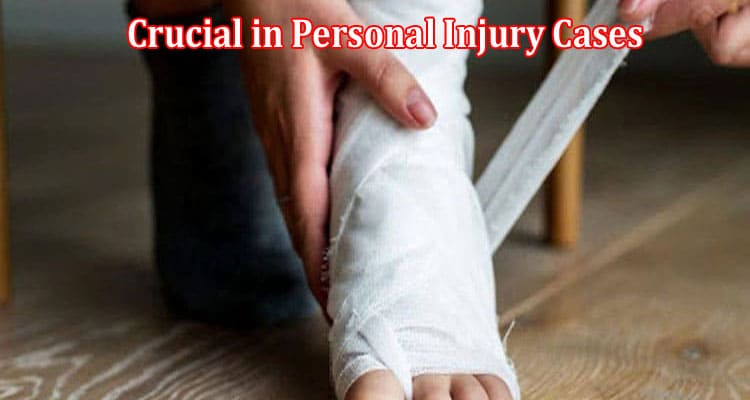The 4 Elements That Are Crucial in Personal Injury Cases
A personal injury case is a lawsuit or legal action issued by an injured person against the entity, individual, group, or corporation deemed responsible for their injuries. These cases are brought forward to compensate the injured person.
While the most common form of personal injury involves car accidents, these lawsuits also include slip and fall incidents, dog bites, or any other accidents that bring harm to the individual involved. No matter the case, there are several law firms, like The Champion Firm, that have built a result-driven portfolio to make sure you get the compensation you deserve.
Four elements are essential in determining a personal injury case:
- Duty of care
- Breach of duty
- Causation of the injury
- Evidence of damages
A personal injury case involves determining these four elements and proving beyond reasonable doubt the evidence of each of them. Now let’s break them up into itty bits.
Duty Of Care
The first element of a personal injury lawsuit is to establish a duty of care. Every person has a duty of care to act in a reasonable way that doesn’t cause harm to others.
For example, a motorist owes a duty of care to other motorists and pedestrians as well.
A property owner has a duty to ensure that everything on their property is regularly checked and hazardous elements around the house are removed. If a stair in the house is shaky or slippery, it should be fixed.
Even the government has a duty to ensure the citizens are safe and secure. This can be done by providing security personnel in less secure areas and making sure the traffic lights are working and that the roads are in good condition.
To establish a duty of care, the plaintiff (the individual bringing the lawsuit) provides evidence that the defendant (the one being sued) owed them a duty of care that was neglected. This brings us to our second point.
Breach Of Duty
A breach of duty might be intentional or unintentional.
Intentional negligence is a scenario where the defendant was aware of their duty and willfully disregarded it, leading to the plaintiff’s injury.
Unintentional negligence involves a case where the defendant might not have been aware of their duty, but still, their failure to perform it led to the plaintiff’s injury.
For example, intentional negligence would be a scenario where a landlord is aware of the faulty stairs on their property and refuses to repair them.
Unintentional negligence would be a case where the neighbor’s dog leaves their house and comes to poop in your yard, then bites you because you tried shooing it away. Has this happened to anybody else? Hmm, just me? Okay. Moving on to the third point.
Causation
Here, the plaintiff is required to prove that the defendant’s negligence was responsible for their injury. Causation of injury simply means proving that negligence of duty was the cause of injury.
Example: An individual claims they suffered a dislocation of their shoulder due to a motor accident. This individual would be required to prove that the motor accident was responsible for the dislocated shoulder.
In this case, the plaintiff is expected to provide a comprehensive medical report, x-rays, and other evidence to prove the accident was responsible for their injury.
Also, in judging the causation of injury, you have to prove the percentage of negligence that was the fault of both parties involved (you and the defendant).
For example, if the injured person had a 45% fault in the accident, the jury might subtract the percentage of fault from the total compensation. If the total compensation was supposed to be $20,000, you might be awarded $11,000 instead (i.e., 20,000 minus 9,000, which is 45 percent of it). Lastly, we have to prove:
Damages
Here, the plaintiff presents evidence of damages sustained. It is important to document all of the receipts proving the damages suffered during the accident. This might include medical bills, property damage, testimony from a medical expert to prove medical damages, eyewitness testimony, and so on.
Evidence of these four crucial elements and a winning attorney fortify your arsenal with a case worthy of compensation.




